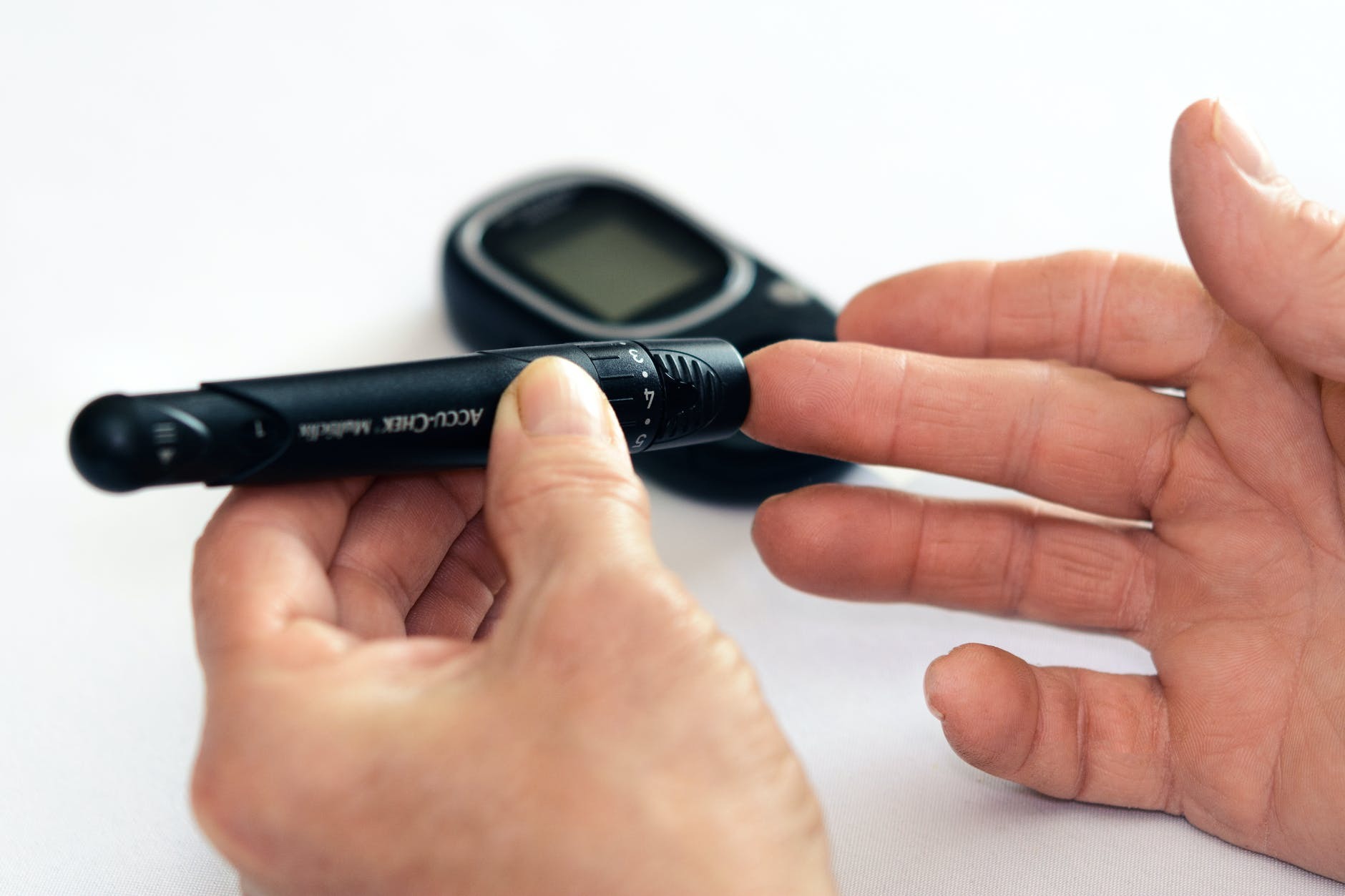
A world first discovery of how a protein works in the liver could lead to a more effective type 2 diabetes drug.
The researchers say such treatments will be more important than ever given that diabetes appears to be in those with the COVID-19 infection.
The University of Melbourne-led study found that the SMOC1 protein, which is naturally produced by the liver, can decrease blood glucose levels. An engineered form of SMOC1 could therefore potentially treat people with type 2 diabetes.
Type 2 diabetes affects about one million Australian adults and 400 million people globally, with that figure rising fast. It causes high blood glucose levels, which can lead to cardiovascular disease, nerve damage and kidney damage.
Current treatments can be effective but have limited tolerability and significant side effects. It is hoped that a new class of SMOC1-based treatments could prove more effective for longer.
Published in , the study found that SMOC1, a liver-secreted glucose-responsive protein, improved blood sugar levels in animal models with diabetes.
Lead author and University of Melbourne senior research fellow said the increased incidence of type 2 diabetes meant new treatments were urgently needed to manage the resultant high blood glucose levels.
“Any therapy that can effectively reduce blood glucose levels can have an enormous impact on patients,” Dr Montgomery said.
“It lowers their risk of developing diseases such as cardiovascular disease, chronic kidney disease, damage to blood vessels which causes blindness, the risk of amputations and nerve damage which causes pain.”
The researchers engineered a long-lasting form of SMOC1 that reduced blood glucose levels in diabetic animal models. “We knew that SMOC1 existed but its role in regulating blood glucose was unknown,” Dr Montgomery said.
“We discovered SMOC1 as a protein that was secreted by the liver when blood glucose levels are high, suggesting that SMOC1 might play a role in blood glucose control. This turned out to be true.
“It was more effective at improving blood glucose control than the current frontline medication called metformin. It also reduces fatty liver and blood cholesterol levels, which are common health problems in type 2 diabetes patients.”
Senior author and University of Melbourne said the next step was human trials, which would require engagement from the pharmaceutical industry.
“We anticipate, based on animal studies, that SMOC1 would be effective in people with newly diagnosed and advanced type 2 diabetes,” Professor Watt said.
“Given the number of people with diabetes, the impact on reducing the burden on the health care system could be enormous, including less hospital visits, and shorter hospital stays.
“We have also shown that SMOC1 improves glucose metabolism in human liver cells, so we are certainly optimistic that SMOC1 will be effective in humans.”
Professor Watt said while he advocated a healthy lifestyle in general, diet and lifestyle had limited effectiveness as a treatment for type 2 diabetes. He said current medications also had issues.
“There are several medications that can be used alone, or increasingly, in combination, that help maintain blood glucose levels in patients,” Professor Watt said.
“However, all type 2 diabetes medications, without exception, have either limited effectiveness or off-target effects that adversely affect the patient’s health. We need to develop new approaches.”
While the research showed great promise, Professor Watt said it was unlikely to be effective for type 1 diabetes patients as they had insulin deficiency and this therapy didn’t overcome that problem.
He said the new treatment would be unique among known type 2 diabetes medications. It was likely to be injected once a week, although the team was working on other methods.
“The injectable could move to human trials relatively quickly with the right support,” Professor Watt said. “The alternative approaches would be a long way off.”
The project involved the University of Melbourne, Monash University, the University of Adelaide, Flinders University, Garvan Institute of Medical Research, the University of Sydney, Maastricht University Medical Centre and McMaster University.








